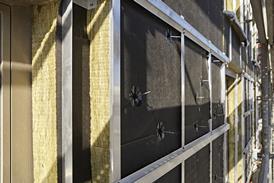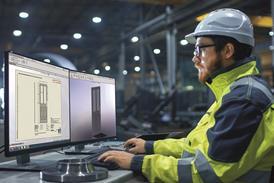- News

All the latest updates on building safety reformRegulations latest
- Focus
Close menu
- Home
- News
- Focus
- Comment
- Events
- CPD
- Building the Future
- Jobs
- Data
- Subscribe
- Building Boardroom
- Previous slide
- 2 of 2
- Next slide
| Table 1: Percentage split of CO2 emissions of an average UK lifestyle | |
| Energy consumed in home (heating, hot water, electricity) | 10% |
| Personal transport | 18% |
| Embodied energy in the home | 3% |
| Waste and consumer items | 13% |
| Food | 23% |
| Shared services and infrastructure | 33% |
| Total | 100% |
| Table 2: Eco-development options to reduce carbon emissions | |
| “Eco-development” options | Tonnes of CO2 saved per resident per year |
| 10% improvement on energy efficiency over Building Regs 2006 levels, eg through low-flow showers and taps, improved air tightness (5 m³/m²/h at 50 Pa), improved insulation of hot water storage A-rated appliances, 100% low-energy lighting, hot water heat recovery. | 0.1 |
| 10% of the energy sourced from renewable energy sources | 0.1 |
| Achieving an overall household waste recycling rate of 60%, eg through a combination of bin provision and influencing behaviour change | 0.2 |
| 15% CO2 reduction from food, eg through local and/or organic vegetable box schemes provision and/or access to farmers markets | 0.5 |
| Choosing building materials with low embodied carbon and high durability | 0.2 |
| 30% reduction in commuting transport emissions, eg by building homes close to jobs, increased cycling, car-share schemes and access to public transport | 0.3 |


















